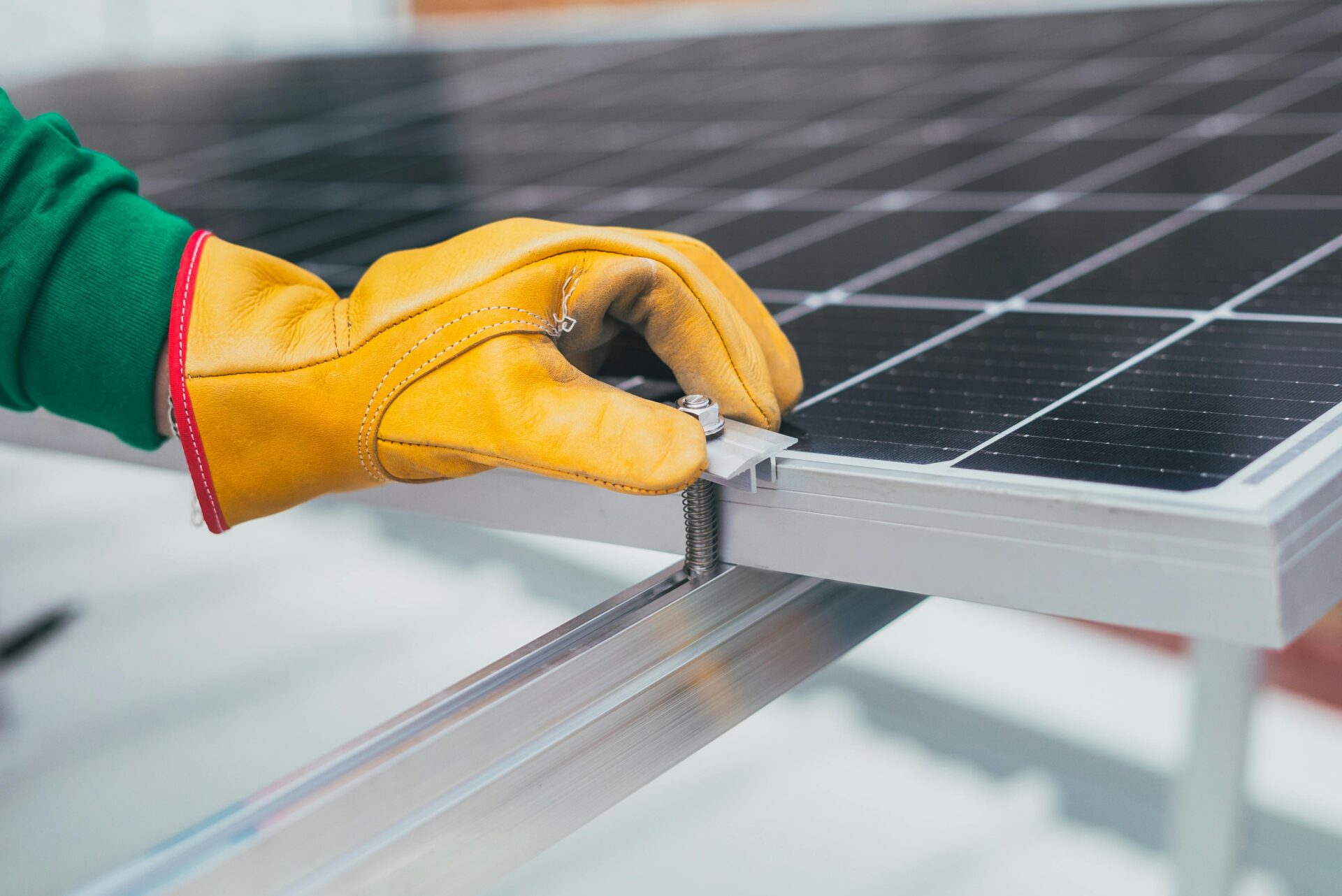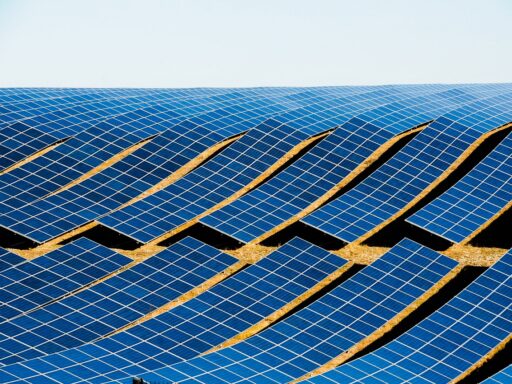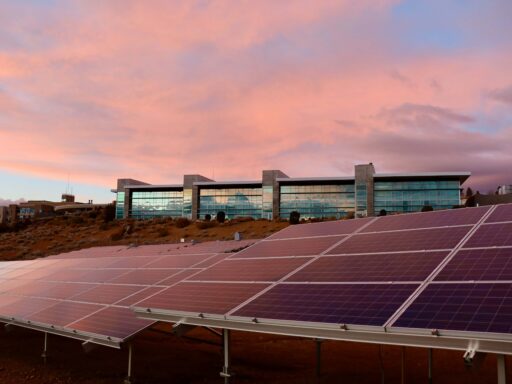Installers and EPCs frequently hear the term “Tier 1,” but it is often misused. In the solar industry, Tier 1 speaks to the bankability of a solar panel manufacturer, not an absolute score for a specific solar panel model.
This guide explains what the Tier 1 label truly means, how Tier 1 solar panel manufacturers are classified, how Tier 1, Tier 2, and Tier 3 classifications compare, and how to select the right solar panel for your project.
Definition and meaning of “Tier 1” in the solar industry
In practice, Tier 1 is a shorthand term for financing. It indicates that a solar panel brand’s manufacturer has a proven track record that lenders recognise when they evaluate projects. It does not mean every solar panel from that brand is automatically the most efficient or best built; it means the company behind the solar panel has adequate scale, references, and disclosure to satisfy commercial banks.
You can specify Tier 1 solar panels and still make a poor choice if the module format, current, voltage window, or BOS fit is wrong for a project. Focus on both the project fit and the Tier 1 label.
Across Tier 2 and Tier 3 contexts, lenders continue to assess manufacturers on a case-by-case basis, seeking evidence of bankability and quality. For clarity in this guide, we’ll also touch on adjacent terms used by analysts—photovoltaic, PV, and solar power system—when they are relevant to practical specifications.
How Tier 1 solar panel manufacturers are classified?
Before the criteria, remember that Tier 1 is an indicator of bankability rather than a product-grade seal. Analysts and lenders look for repeated, independently financed deployments from bankable solar panel manufacturers, scanning disclosures and deal data to confirm a pattern.
The listing process considers solar panel production scale, solar manufacturing footprints, and the effect of automated solar panel production on consistency—alongside materials, components, and production controls that underpin lender confidence. In research notes, you may see phrases like “Tier 1 solar panel manufacturers” and “top solar panel companies” used to describe market leaders that repeatedly pass due diligence.
Bloomberg New Energy Finance (BNEF) criteria
BNEF publishes a bankability list, primarily based on non-recourse project financing. A manufacturer is treated as Tier 1 when its solar panels have been used as the named brand across multiple independently financed projects within a recent look-back period. The label applies to the company level, not to a single solar panel series. Other Tiers, such as Tier 2 and Tier 3 manufacturers, may not consistently meet those thresholds.
Manufacturing standards and quality requirements
A Tier 1 badge generally correlates with tightly controlled factories, automated lines, audited suppliers, and documented quality processes (SPC, traceable bill of materials, third-party certifications). That consistency helps each solar panel line stay within spec over long runs and simplifies warranty claims and field support. For Tier 2 and Tier 3 manufacturers, published process data and third-party audits are key signals of quality.
Research, development, and innovation
Tier 1 makers tend to invest in R&D, including new cell architectures (TOPCon, HJT), interconnects, glass and encapsulant choices, and yield-improving process tweaks. This produces steady efficiency gains, better temperature behaviour, and lower degradation in the solar panel fleet over time.
Top Tier 1 solar panel manufacturers in 2025
- Trina Solar — Founded 1997 (China). Known for Vertex/Vertex S solar panels with n-type TOPCon, bifacial options, and a strong utility/C&I track record.
- JA Solar — Founded 2005 (China). DeepBlue series solar panels, spanning residential to utility, offer consistent efficiency and a bankable supply.
- JinkoSolar — Founded 2006 (China). Tiger Neo n-type solar panel lines; high shipment volumes and rapid roadmap cadence.
- LONGi Solar — Founded 2000 (China). Mono leadership and Hi-MO solar panels; huge wafer capacity underpinning reliable module output.
- Canadian Solar — Founded 2001 (Canada). HiKu solar panels across p-type and n-type; diversified projects and storage arm.
- Qcells — Founded 1999 (Germany/Korea/USA). Q.PEAK DUO solar panels; diversified factories and strong regional presence.
- REC — Founded 1996 (Norway/Singapore). Alpha heterojunction solar panels; premium warranty and low-degradation claims.
- SunPower/Maxeon — Founded 1985 (USA). Maxeon back-contact solar panels: premium efficiency and long warranties.
- Risen Energy — Founded 1986 (China). TITAN solar panels, competitive utility focus and expanding manufacturing.
- Astronergy (CHINT) — Founded 2006 (China). ASTRO series solar panels; broad Tier 1 utility presence.
- Tongwei Solar — Part of Tongwei Group (China). Vertically integrated from polysilicon to cells/modules; fast-growing manufacturer.
- First Solar — Founded 1999 (USA). Thin-film (CdTe) utility solar panels with strong bankability despite non-silicon tech.
Note: Lists vary by quarter; always consult the latest lender or analyst sources and verify the exact solar panel series for your tender. Tier 2 manufacturers and Tier 3 manufacturers often focus on regional supply or price leadership, but quality controls differ by plant and programme.
In analyst round-ups of top solar companies and solar technology leaders, shipment tables are only part of the story.
Tier 1 vs Tier 2 vs Tier 3 solar panel manufacturers – full comparison
| Factor | Tier 1 | Tier 2 | Tier 3 |
| Material quality | Audited suppliers; premium, consistent BOM | Mixed sourcing; generally stable | Opportunistic sourcing; variation likely |
| Production process | Highly automated, SPC, mature QA | Partial automation; maturing QA | Mostly manual; limited QA data |
| Component manufacturing | Often in-house cells/frames/glass | Mix of in-house/outsourced | Largely outsourced |
| Years of experience | ~10+ with global references | ~3–10 with regional references | <3 or fewer references |
| Warranty & lifespan | 12–25-year product / 25–30-year performance | 10–15 / 25 | 5–10 / ≤25 |
| Typical efficiency bins | Higher roadmap clarity | Mid-range | Lower, less roadmap clarity |
| Price range | Highest | Mid | Lowest |
| Example brands | Trina, LONGi, Jinko, JA, Canadian | Regional brands, fast-rising makers | New/small makers |
Use this table to frame questions for manufacturers across Tiers 1, 2, and 3. In procurement notes, remember that Tier 3 bids require closer QA and clearer SLAs, and that Tier 2 proposals can be competitive where terms, process data, and delivery performance are well documented.
Key benefits of Tier 1 solar panels
A brief reminder before the bullets: The Tier 1 label is useful because it correlates with predictable delivery, stable documentation, and credible warranty support—attributes that directly impact project risk models.
In a PV context, “benefit” means cleaner handovers and fewer surprises for the solar power system over its life. This is also where you see practical gains from high efficiency solar panels and premium photovoltaic modules without paying for features you cannot use in the field.
Higher efficiency and performance
A Tier 1 supplier typically ships a solar panel range with stronger median efficiency, tighter power bins, and better documentation. That improves yield per square meter, stabilises string design, and reduces mismatch losses in real-world arrays. It also helps maintain efficiency across a wider range of operating conditions, which supports more consistent energy output in challenging weather conditions.
Better warranty and reliability
Tier 1 manufacturers usually back each solar panel with longer product warranties, robust performance guarantees, and responsive RMA channels. Installers benefit from clearer processes, faster parts turnaround, and predictable decisions. Clear documentation and factory quality records further reduce friction during RMAs.
Long-term return on investment
For financed portfolios and C&I programmes, Tier 1 solar panels can reduce perceived risk, improve bid competitiveness, and lower lifecycle cost. Predictable degradation curves, accessible portals, and dependable support make the solar panel fleet easier to operate over the long term.
When presenting the return on investment case, include long lifespan solar panels, realistic degradation rate assumptions, and the specific warranty language applicable to your site.
Are Tier 1 solar panels worth the cost?
Often, yes, especially when lenders, insurers, or portfolio standards require bankability. The Tier 1 premium provides company-level confidence, stable quality, consistent efficiency, and in-depth service.
That said, a well-supported Tier 2 brand may be right for a budget-led brief; a disciplined Tier 2 manufacturer can deliver quality when SLAs and component specs are enforced. Choose the solar module that best fits the roof, inverter MPPT windows, logistics, and warranty posture—not just the label.
How to choose the best Tier 1 solar panels for your project?
- Start with the array constraints: dimensions, weight, clamp zones, wind/snow ratings, and current and voltage limits per string.
- Compare efficiency, temperature coefficients, and degradation guarantees across short-listed Tier 1 solar panels.
- Validate warranty terms (product vs performance), service pathways, factory quality metrics, and local spares for each manufacturer.
- Check stock and lead times, pallet specs, and delivery windows; keep a Tier 2 control option for price benchmarking.
- Document your final choice with datasheets, stringing, and assumptions for a clean handover. Engage with manufacturers to obtain factory test data and reliability reports, especially when comparing Tier 2 and Tier 3 bids.
Additionally, work with solar panel suppliers and solar equipment suppliers that can provide evidence of storage conditions and serial traceability.
FAQ – Tier 1 solar panels
Before addressing the answers, a brief context note: these FAQs condense the questions EPCs ask when comparing Tier 1 PV panels and Tier 1 solar brands with their alternatives.
Which Tier 1 solar panel brand is the best?
There is no single winner; shortlist brands with the right efficiency, warranty, and logistics for your site and inverter. Analysts lists of the best solar panel brands or the best solar panel company are a starting point, not a verdict.
How long do Tier 1 solar panels last?
Expect 25–30-year performance warranties; the actual lifespan depends on installation quality, environmental conditions, and maintenance.
Can Tier 1 panels work with any inverter?
Generally, yes, but confirm current/voltage, connectors, and firmware; the solar panel must sit within MPPT limits in all seasons for the solar power system.
Do Tier 1 panels perform better in low light?
Often marginally, thanks to cell design and coatings; check each datasheet and site-specific modelling rather than assuming.
Are Tier 1 solar panels the most efficient on the market?
Usually near the top, but some premium non-Tier 1 lines compete closely on headline efficiency; remember that most efficient solar panels are not always the best BOS fit.
What’s the difference between Tier 1 classification and panel performance ratings?
Tier 1 measures manufacturer bankability; performance ratings measure a specific solar panel model’s output and test results.
Do Tier 1 solar panels require special maintenance?
No—cleaning, visual checks, and periodic torque/cable inspections are the same as for any solar panel fleet.
What’s the difference between Tier 1 and bankable solar panels?
In practice, Tier 1 is shorthand for bankable manufacturers; bankability can also be established outside published lists with lender due diligence.
Are all Tier 1 solar panels automatically bankable?
Not automatically—lenders still consider project, counterparties, and location; Tier 1 helps but does not guarantee finance.
 EN
EN ES
ES DE
DE PL
PL IT
IT FR
FR GR
GR



